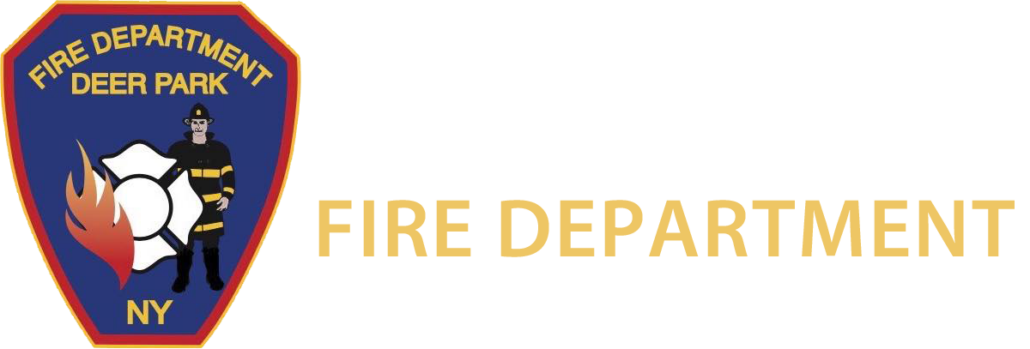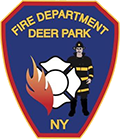Click an images to learn more about each Fire Safety category
Smoke Alarms
Smoke alarms are crucial for saving lives. When properly installed and maintained, they significantly lower the risk of fire-related deaths and injuries. In the event of a fire, smoke can spread rapidly, so having functional smoke alarms gives you the precious time needed to escape safely.
Installing smoke alarms in every bedroom, outside each separate sleeping area, and on every level of a home — including the basement — is a fire safety precaution that all homeowners and landlords in your community need to take to protect residents from fire.
- Choose interconnected smoke alarms so that when one sounds, they all sound.
- Put smoke alarms inside and outside each bedroom and sleeping area. Put alarms on every level of the home.
- Make sure your smoke alarms work. Your family is not safe if they can’t hear the smoke alarms.
- Test smoke alarms every month and replace 9-volt smoke alarm batteries at least once every year.
- Smoke alarms do not last forever. Get new smoke alarms every 10 years.
- When you hear a smoke alarm, you may have less than 2 minutes to get everyone outside and safe.
Home Sprinklers
It’s important to help the public understand that home fire sprinklers can prevent fire casualties and devastating home damage by putting out flames quickly. Sprinklers can limit the damage caused by smoke and fire and are less damaging than water damage caused by firefighting hose lines.
Did you know: Fire sprinklers and smoke alarms reduce the risk of dying in a fire by 82%.
- Safer fire service: The risk to firefighters is much less. Sprinklers reduce the heat, flame and smoke from a fire.
- Fast response: Home fire sprinklers are more sensitive to heat than those found in businesses or industrial buildings. This means the fire will be detected much sooner.
- Can blend with your home decor: You can buy home fire sprinklers in different colors. Some can be installed flush with the ceiling, so you will hardly notice they are there.
- Reliable: Home fire sprinklers only spray when the temperature in the room rises quickly. The sprinkler above the fire is the only one that sprays.
- Easy installation: Installing a home sprinkler system in a home under construction or being remodeled requires a little extra piping and labor and greatly increases the safety of residents.
- Low water requirement: Home fire sprinklers can be connected to the home water supply. They require less water than business and industrial systems.
- Low cost: A sprinkler costs about $1.35 per square foot in a new home. This cost is about the same as upgraded cabinets or carpet.
- Lower insurance: Installing a sprinkler system has the potential to lower insurance rates by 5-15% by meeting code requirements.
Fire Escape Planning
The increasing severity of home fires due to modern building contents and open space configurations makes it crucial that people are prepared to leave their homes immediately in the event of fire.
Did you know: Residents could have less than 2 minutes to escape a home fire once the smoke alarm sounds.
- Draw a map of your home. Include all doors and windows.
- Find 2 ways out of every room.
- Make sure doors and windows are not blocked.
- Choose an outside meeting place in front of your home.
- Practice your home fire drill with everyone in the home.
- Push the test button to sound the smoke alarm and start your home fire drill.
- Get outside to your meeting place.
Cooking Fire Safety
Cooking is, by far, the leading cause of home fires and home fire injuries.
In 2021, fire departments in the United States responded to an estimated 170,000 home cooking fires. These fires caused an estimated 135 deaths, 3,000 injuries and over $494 million in property loss.
Did you know: The leading factor contributing to ignition in nonconfined home cooking fires was unattended equipment (37%).
- Stand by your pan. If you leave the kitchen, turn the burner off.
- Watch what you are cooking. Fires start when the heat is too high. If you see any smoke or the grease starts to boil, turn the burner off.
- Turn pot handles toward the back of the stove so that no one can bump them or pull them over.
- Keep a pan lid or baking sheet nearby. Use it to cover the pan if it catches on fire. This will put out the fire.
Choosing and Using Fire Extinguishers
It’s important to understand that with proper training and education, fire extinguishers can save lives and property. Many adults might not know how or when to use fire extinguishers. Fire departments can help with fire extinguisher training and answer questions that community members may have.
Teach people how to use a fire extinguisher. When operating a fire extinguisher, tell residents to remember the word PASS:
- Pull the pin. Hold the extinguisher with the nozzle pointing away from you and release the locking mechanism.
- Aim low. Point the extinguisher at the base of the fire.
- Squeeze the lever slowly and evenly.
- Sweep the nozzle from side-to-side.
For use with ordinary materials like cloth, wood and paper.
Often found in homes and businesses
For use with combustible and flammable liquids like grease, gasoline, oil and oil-based paints.
Often found in homes and businesses
For use with electrical equipment like appliances, tools or other equipment that is plugged into an outlet. Class C fire extinguishers use an agent that doesn’t conduct electricity.
Often found in homes and businesses
For use with flammable metals.
Often found in factories
For use with vegetable oils, animal oils and fats in cooking appliances.
Often found in commercial kitchens (restaurants, cafeterias, catering businesses)
Carbon Monoxide Poisoning Prevention
Carbon monoxide, also known as CO, is called the “invisible killer” because it’s a colorless, odorless, poisonous gas. It is undetectable to the human senses, so people may not know that they are being exposed.
CO poisoning can occur when a fuel-burning appliance or machine, such as a furnace, heater or generator, is not working or vented properly.
Did you know: Breathing in CO at high levels can be fatal. More than 150 people in the United States die every year from accidental nonfire-related CO.
- Install and maintain CO alarms inside your home to provide early warning of CO.
- Install CO alarms in a central location outside each separate sleeping area and on every level of your home.
- Use portable generators outdoors in well-ventilated areas away from all doors, windows and vents.
- Make sure vents for the dryer, furnace, stove and fireplace are clear of snow and other debris.






